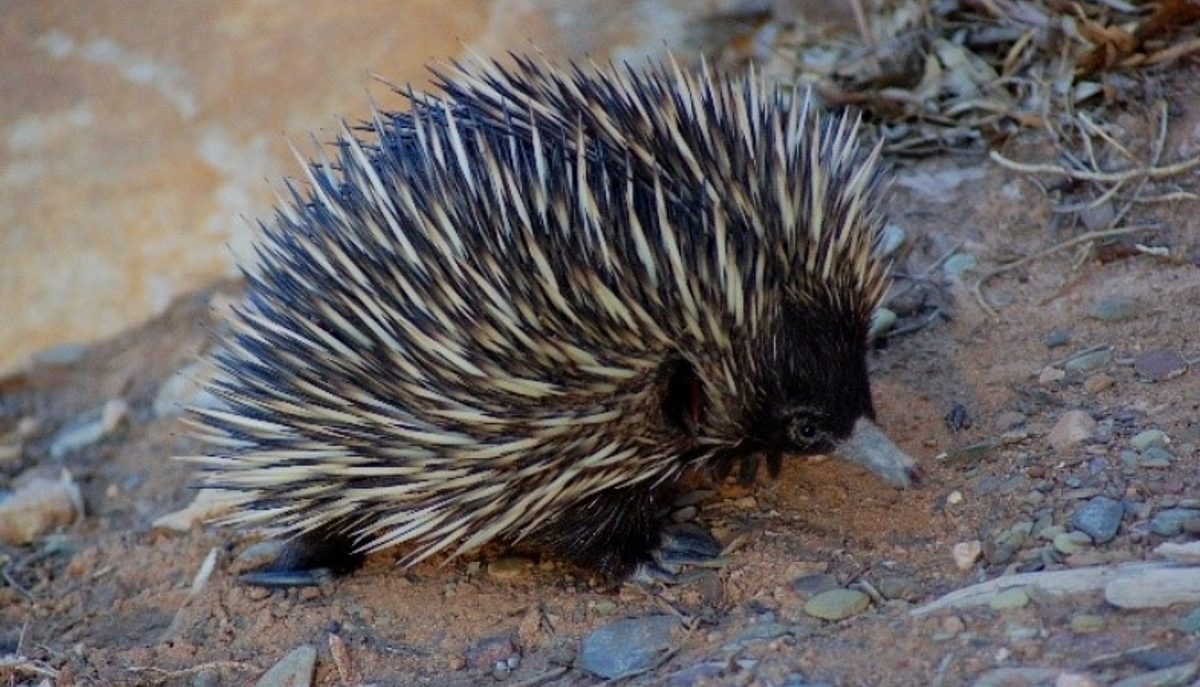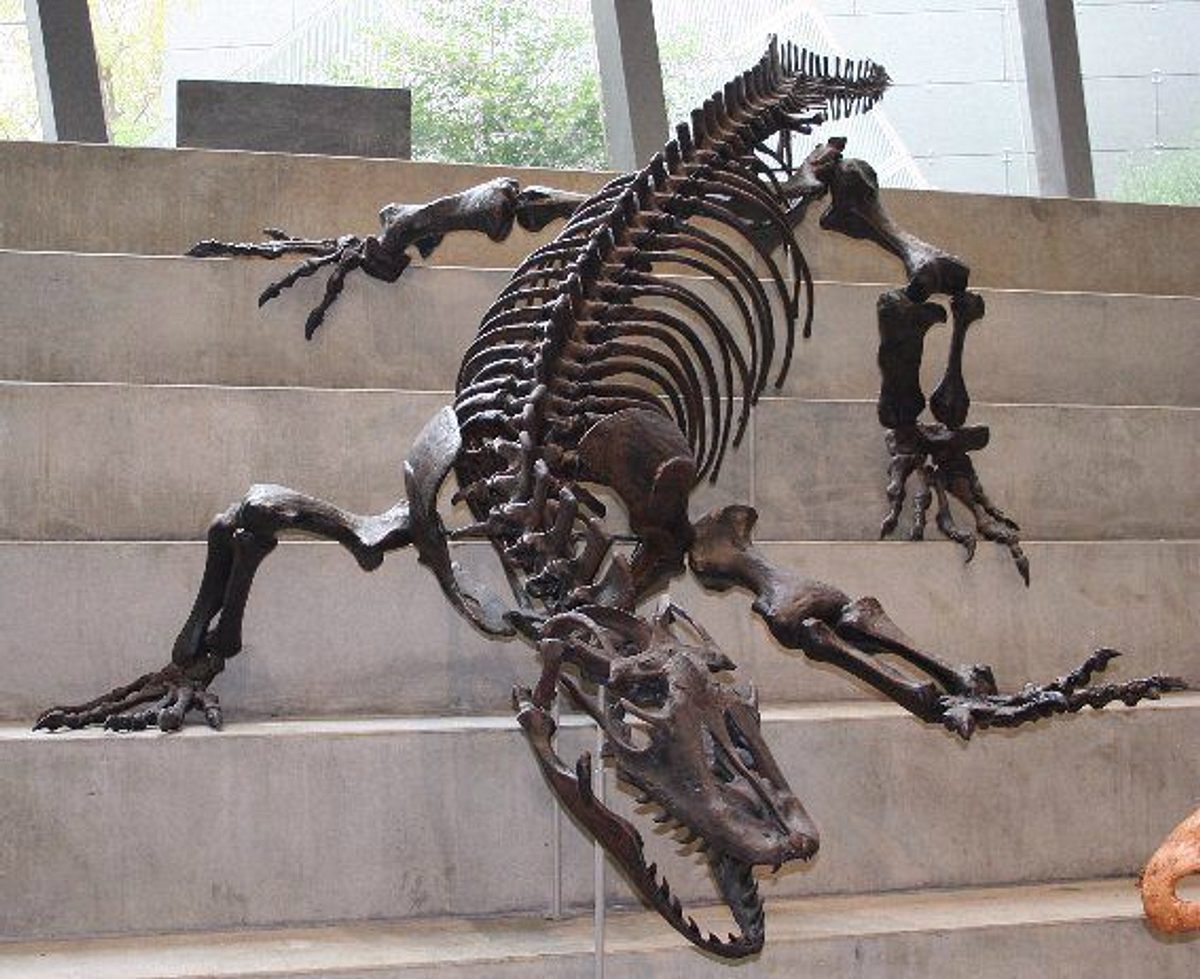
Celebrating the SA animals, great and small, that enrich our biodiversity
On May 22, we marked International Day for Biodiversity. From the tiny Western pygmy possum through to some of our prehistoric beasts, we truly have a diverse array of native species to celebrate in South Australia.
Some of the animals you'll read about here may be unfamiliar to you, and some previously existed, but all are wonderful and fascinating creatures that enrich our biodiversity. Please be warned that this rticle contains images that are way too cute! Let’s start small and work our way up the size chart.
Western pygmy possum
These super cute, nocturnal critters can be as small as 5cm in length and are found in the bush and arid shrublands of south-western Western Australia, western Victoria and several regions of South Australia, including Kangaroo Island. Unfortunately, they are considered endangered in New South Wales, due to dwindling numbers. They prefer areas with bottlebrushes, banksia, and grevillea, and consequently help to pollinate these plants.
Fun fact: As soon as temperatures dip below 12°C and food is scarce, these tiny possums fall into a deep sleep for up to 8-11 days. Read more about Western pygmy possums.

Kangaroo Island dunnart
The Kangaroo Island dunnart is one of the most critically endangered species in Australia. They are small, carnivorous marsupials, found only on Kangaroo Island. Usually 8-9cm in length, dunnarts are nocturnal, and somewhat elusive, so their population sizes are difficult to determine. Their numbers on Kangaroo Island have likely suffered due to land clearing, bush fires and feral cat predation, but there are encouraging signs of recovery, particularly due to recent progress with reducing the Island's feral cat population. The Kangaroo Island dunnart helps to bring balance to the environment through its diet of insects and other invertebrates.
Fun fact: Dunnarts have the shortest gestation (pregnancy) period of any mammal. The Kangaroo Island dunnart gestation period is about 12 days!

Red tailed phascogale
Less well known, but no less cute, the red-tailed phascogale is a small, insectivorous marsupial with a distinctive reddish-brown tail. As with many small mammals, habitat loss and predation by foxes and cats brought the phascogale to the brink of extinction. Thankfully, due to the Bounceback project, the red-tailed phascogale has been recently re-introduced to South Australia's arid regions. Red-tailed phascogales are opportunistic feeders, taking a wide range of insects and spiders as well as small birds and mammals, helping to regulate the ecosystem as a mid-level predator.
Fun fact: After the winter mating period, all of the males experience post-mating mortality. As such, males only live for 11.5 months, while females can live up to 36 months and produce 2-3 litters of young during their life.

Echidna
Echidnas are nature's excavators and help to improve the soil through their digging behaviour whilst foraging for ants. It is estimated that a small echidna will shift about 8 trailer loads of soil per year! Through their digging behaviour, echidnas help to trap leaves and seeds in the soil, improving soil health. In turn, this promotes plant growth and keeps carbon in the soil, rather than the atmosphere.
Fun fact: Male echidnas have a 4-headed penis, and form mating ‘trains’ during breeding season! Read more about echidnas.

Western quoll
Roughly the size of a domestic cat, Western quolls are regarded as top-level predators and help to bring balance to the ecosystem through their diet of large invertebrates, reptiles, mammals and birds. Western quolls were once extinct in South Australia but have been successfully re-introduced into parts of South Australia. They are the largest carnivorous marsupial in mainland South Australia. Read more about Western quolls.
Fun fact: Although mainly solitary animals, when it comes to breeding, Western quolls are highly promiscuous! Females may mate with several males during a breeding season, and males are also active in their breeding habits.

Koala
Whilst there is an overabundance of koalas in some areas, these national icons help to moderate fire danger by consuming eucalyptus leaves and reducing the fuel in large tree canopies. In cooler months, their droppings help to improve soil quality and stimulate undergrowth as well as provide food sources for insects and native rodents.
Fun fact: Koalas have unique fingerprints, like humans, and despite being restricted to eating only eucalyptus leaves, they are very fussy eaters! Read more about koalas.

Yellow-footed rock wallaby
Yellow-footed rock-wallabies live in rock faces, cliffs, gorges and boulder fields in semi-arid ranges, sheltering in small caves, cracks and crevices during the heat of the day and coming out to feed in the late afternoon. They are grazers of grasses, herbs and low shrubs, depending on seasonal availability.
Several colonies became extinct in recent times but have been reintroduced to some semi-arid areas of South Australia. Learn how the yellow-footed rock wallaby was saved from extinction.
Fun fact: Although only about 80cms tall, yellow-footed rock wallabies can jump over 4 times their height and can drink over 10% of their body weight in water within a few minutes.

Marsupial lion (prehistoric Thylacleo carnifax)
Thylacoleo carnifex (Greek for "pouched lion executioner") was one of the largest carnivorous marsupials ever to have lived, showing up in the fossil record around 2.5 million years ago and possibly as recently as a few ten thousand years ago. Bones and fossil remains have been found in every Australian state, including at Naracoorte Caves in South Australia. These 'marsupial lions' were up to 1.5 metres from their nose to tail, and had a pouch for rearing their young, much like a kangaroo or koala.
Fun fact: Unlike modern predators, Thylacoleo carnifex used their strong jaws to hold prey while the large retractable "dew claw" on their thumbs was used to slash or disembowel their victims.

Giant wombat (prehistoric Diprotodon optatum)
Diprotodon optatum is often referred to as a 'giant wombat' and was about 3 metres long with a rear-facing pouch similar to a wombat.
However, this prehistoric wombat was also closely related to modern koalas, as shown by its very koala-like nose. It was about the size of a white rhinoceros, making it the largest of all the marsupials.
Fun fact: Diprotodon optatum were herbivorous and may have eaten as much as 100 to 150 kilograms of vegetation daily!

Megalania
Standing 1.1 metres high and 7 metres in length, this giant monitor lizard came from the same family as modern goannas and komodo dragons. No complete skeleton has ever been discovered, but the bones that have been found suggest it was a massive, heavily-built creature.
This ancient Australian carnivore probably competed for prey with the marsupial lion and would have been capable of taking down an animal as large as the diprotodon.
Fun fact: The Megalania would have been an apex (top) predator, most likely feeding on large vertebrates, and may have utilized ambush tactics, using its toxic saliva to cause infection and death to its victims.

Like this article? Read more about or learn more about our prehistoric megafauna or learn how biodiversity helps to address climate change.
Main banner image above: Martin Stokes